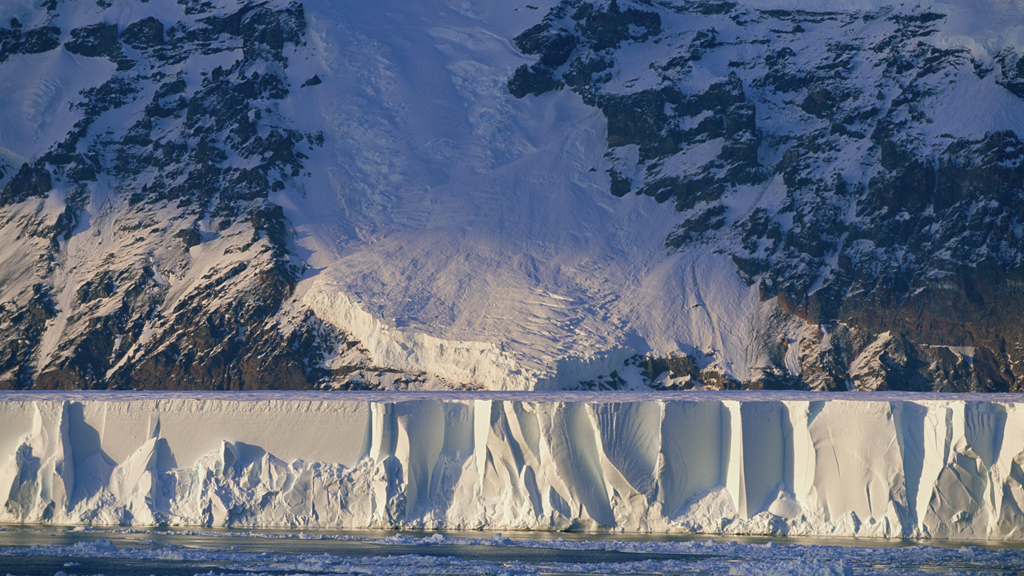East Antarctic ice sheet ‘vulnerable’ to climate changes
 Liam Dutton
Weather Presenter
Liam Dutton
Weather Presenter
The world’s largest ice sheet may be more vulnerable to the effects of climate change than previously thought, according to new research.

By using 50 years of declassified spy satellite imagery from 1963 to 2012, scientists have been able to create the first long-term record of changes in the terminus of outlet glaciers – where they meet the sea – along 3,355 miles (5,400km) of the east Antarctic ice sheet’s coastline.
The reason that there is great interest in the east Antarctic ice sheet is because it holds the vast majority of the world’s ice – enough to raise global sea levels by more than 50m (164ft).
With the aid of measurements from 175 glaciers, researchers from the geography department of Durham University were able to show that the glaciers exhibited rapid and synchronised periods of advance and retreat which coincided with cooling and warming.
The results suggested that large parts of the ice sheet, reaching thicknesses of more than 2.5 miles (4km), could be more susceptible to changes in air temperatures and sea-ice than was originally believed.
Research showed that despite large fluctuations in terminus positions between glaciers – linked to their size – three significant patterns emerged.
In the 1970s and ’80s, temperatures were rising and most glaciers retreated. During the 1990s, temperatures decreased and most glaciers advanced. The 2000s saw temperatures increase and then decrease, leading to a more even mix of retreat and advance.
Dr Chris Stokes from Durham’s geography department, said: “We know that these large glaciers undergo cycles of advance and retreat that are triggered by large icebergs breaking off at the terminus, but this can happen independently from climate change.”
He added: “It was a big surprise therefore to see rapid and synchronous changes in advance and retreat, but it made perfect sense when we looked at the climate and sea-ice data.”
Current scientific opinion suggests that glaciers in east Antarctica are at lower risk from climate change than areas such as Greenland or west Antarctica due to its extremely low temperatures.
But the Durham team said there was now an urgent need to understand the vulnerability of the east Antarctic ice sheet and monitor its behaviour more closely.
-
Latest news
-
Windrush scandal: returning to the UK after a forty year wait6m

-
Netanyahu ‘survival’ depends on ‘expanding war’ says head of Palestinian National Initiative5m

-
Proposed law change could strip parental rights from paedophiles5m

-
Hugh Grant settles privacy lawsuit against The Sun newspaper publisher2m

-
Post Office Scandal: what did top executive know?6m

-




